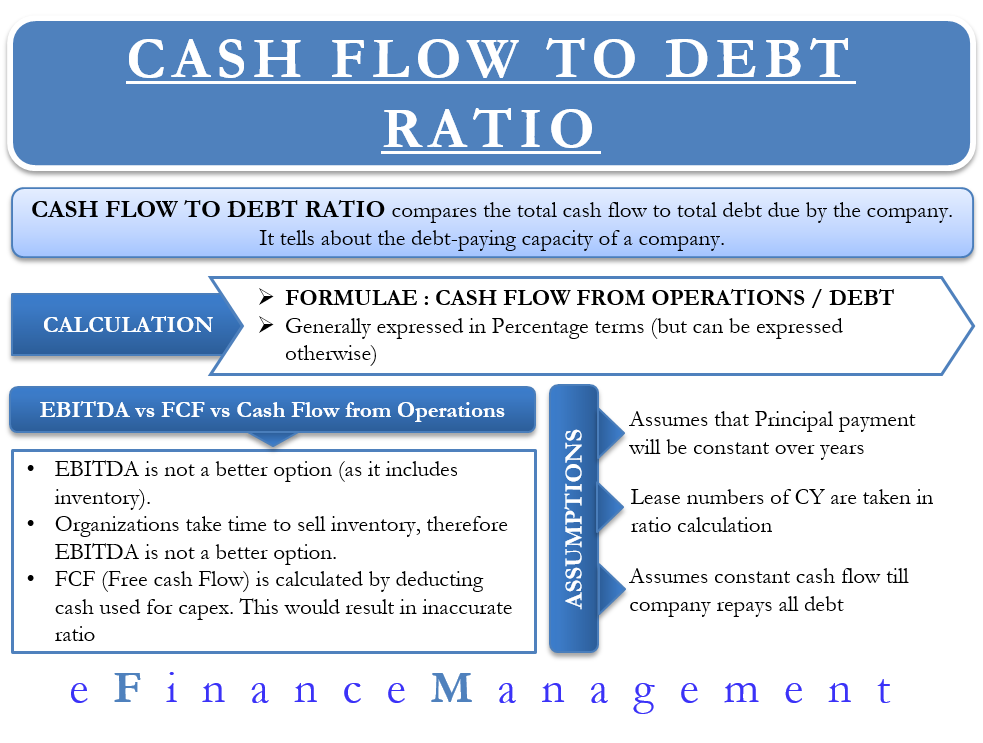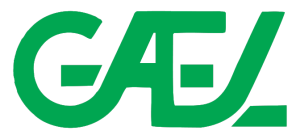
It is the company’s efficiency in managing its cash flow to cover the short-term obligation. Typically, a cash debt coverage ratio above 1.5 is considered favorable. The coverage ratio measures how easily a company can pay its debts with its current income. Lenders, investors, and creditors use the coverage ratio to gain insight into a company’s financial situation and determine its riskiness for future borrowing. A good coverage ratio indicates that it’s likely the company will be able to make all its future interest payments and meet all its financial obligations. The actual figure that constitutes a good coverage ratio varies from industry to industry.

Which of these is most important for your financial advisor to have?
Furthermore, you may feel like you need a loan, but the solvency ratio indicates otherwise. However, before you take on more obligations, always compare your company’s ratios with other competitors in the industry. As the article enlightens us, utility companies usually have lower solvency ratios than technology firms. In this ratio, the denominator includes all debt, not just current liabilities.
How confident are you in your long term financial plan?
Finance Strategists has an advertising relationship with some of the companies included on this website. We may earn a commission when you click on a link or make a purchase through the links on our site. All of our content is based on objective analysis, and the opinions are our own.
Interest Coverage Ratio vs. DSCR
The Cash Debt Coverage Ratio (CDCR) is a financial ratio that indicates a company’s ability to cover its short-term debt obligations with its available cash flow. To calculate the ratio, you need to divide the company’s operating cash flow by its total debt payments. In some cases, the taxes, interest payments, and depreciation are removed from the net income to get the net income after all expenditures. However, the formula can still be tweaked a little to have the interest expense added to the principal payments as detailed in Investopedia. The formula shows the debt service coverage ratio as net income divided by principal repayments plus interest expense.
It measures the company’s ability to use the cash it generates to pay off its debt. It serves as a vital indicator of a company’s financial health and is closely monitored by investors and creditors. When you can demonstrate that your business has a strong ability to pay off its debts, you’re more likely to attract potential investors. Instead of considering just one aspect of a year, it accounts for the entity’s past and future performance in terms of making debt payments.
- As per the ratio is concerned, Jaymohan Company has enough net operating income to cover the debt service cost for the period.
- To calculate the ratio, you need to determine your company’s cash flow from operations and divide it by the amount of debt repayment due during the same period.
- A DSCR above 1.25 is often considered strong as a general rule, however.
- It serves as a vital indicator of a company’s financial health and is closely monitored by investors and creditors.
It is a strong point to prevent company from bankrupt due to liquidation. However, there is no standard level of ratio to evaluate the performance as the businesses are different from one industry to another. For example, the trading company will be able to generate regular cash flow while the construction company may not be able to generate any cash inflow in a short time.
For example, see Debt Yield — Everything Investors Need to Know and Cap Rate Simplified (+ Calculator). For instance, check out our articles on Hard vs Soft Money Loans and Preferred Equity — Everything Investors Need to Know. Typically, you may combine cash and equivalents on your balance sheet or list them separately. Invariably, your balance sheet always shows current liabilities separately from long-term liabilities.
The DSCR is calculated by taking net operating income and dividing it by total debt service which includes both the principal and interest payments on a loan. A business’s DSCR would be approximately 1.67 if it has a net operating income of $100,000 and a total debt service amending tax returns of $60,000. Total debt service refers to current debt obligations including any interest, principal, sinking fund, and lease payments that are due in the coming year. This will include short-term debt and the current portion of long-term debt on a balance sheet.

